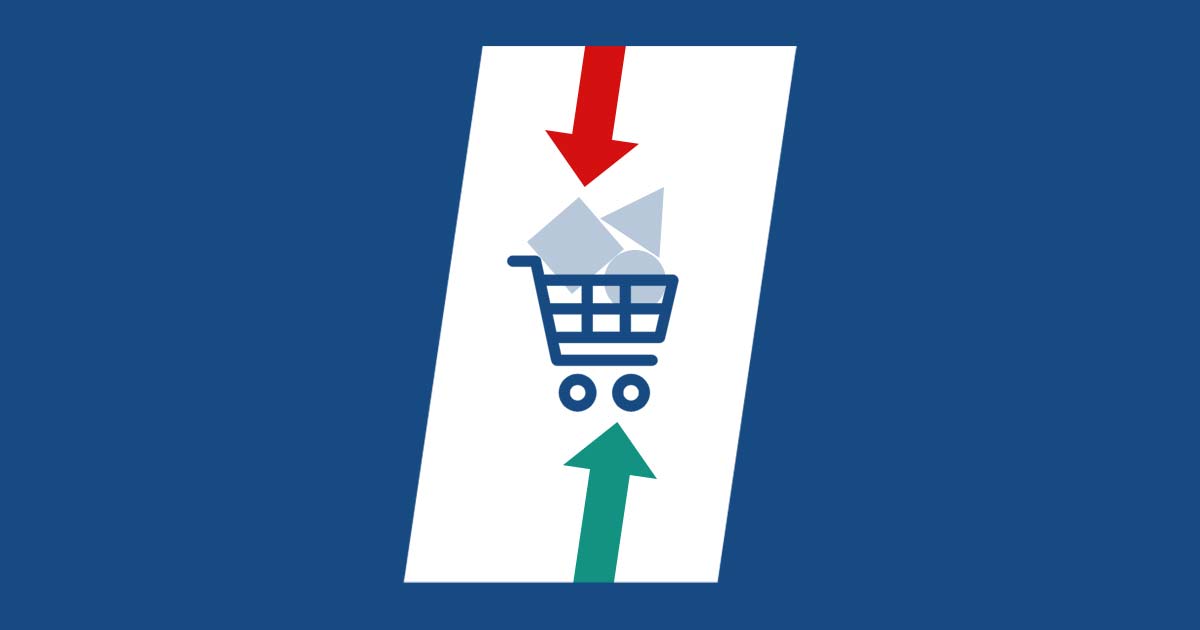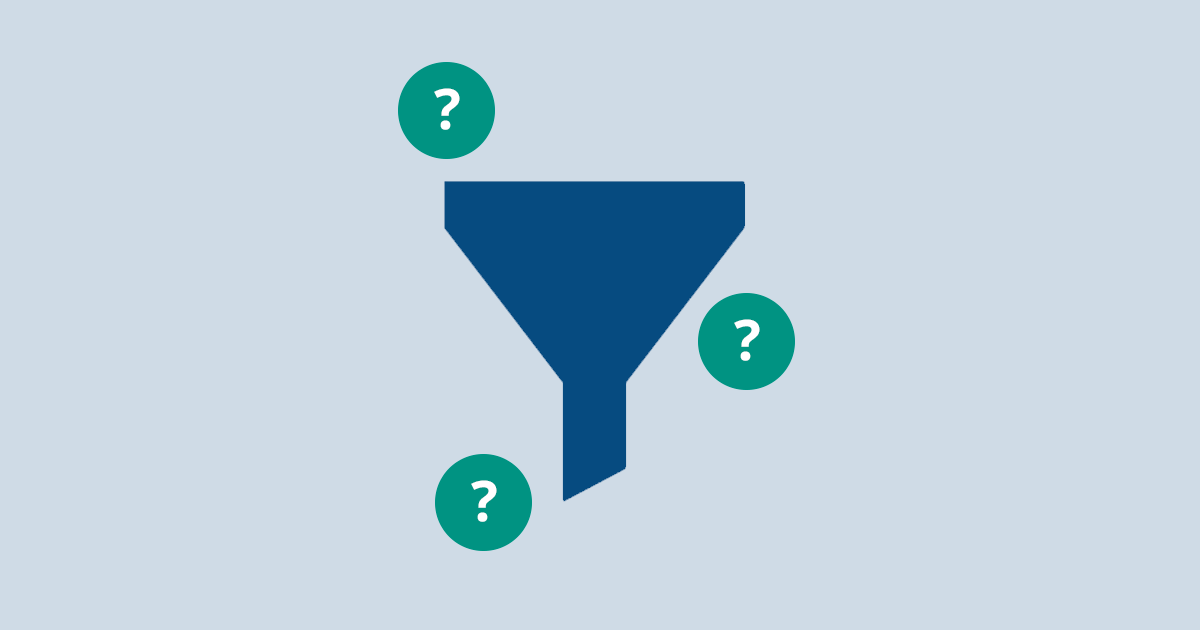Cart Abandonment Rate Analytics – The Full Guide

Digital commerce has had a longstanding elephant in the room that’s finally being addressed–cart abandonment rate analytics.
It happens to be the best way to determine the potential (in terms of revenue) a site has lost, and up until now, it hasn’t always been clear how to use cart abandonment rate analytics properly.
Unlike conversion rate and other traffic metrics, an improvement in cart abandonment rate directly impacts business results. Despite its notoriety, no solutions provide the metric directly. Instead, it remains a calculated metric (more on this later).
We decided to put together this guide to the basics of cart abandonment rate, along with a strategy to decrease it, to help merchants like you make the most of your customer experience in this new decade of eCommerce (or is it just Commerce now?).
Let’s begin…
Where does it all start?
The cart abandonment rate metric is considered anti-pattern, as it focuses on what you didn’t get–in this case, the revenue your site did not win.
There is also some ambiguity about how one understands cart abandonment rate. The assumption is that the journey starts at the cart page but in reality, cart abandonment can be initiated from the product display page, category, or even the sub-category page, at the click of the Add To Cart button.
How do I use cart abandonment rate analytics?
Cart abandonment rate is a calculated metric, which means the data isn’t directly available and needs to be custom provisioned.
Unfortunately, the insights you gain after all the hard work tend to be disappointingly shallow.
One of the reasons why web analytics solutions typically don’t allow the cart abandonment rate metric out of the box is because there is no general standard on how it should be calculated.
Here are 3 different ways to calculate cart abandonment rate:
Session-Based (CAR = 1 – CCR)
- CCR stands for Cart Conversion Rate (CCR = # purchases / # orders)
Goal-Based (CAR = 1 – # orders / # goals)
Transaction-Based (CAR = 1 – # orders / # transactions)
- Most accurate but most complicated to calculate
What are the different types of cart abandoners?
In order to understand your cart abandonment rate, you need to first identify who the abandoners are. These can be a vital source of actionable insights:
Devices – Look at the various devices and determine if there is a specific type that is the main cause for the rise of your cart abandonment rate. According to Google, 80% of users start a task like shopping on one device and complete the purchase on their desktop. If your mobile visitors contribute towards high cart abandonment rate, consider optimizing your checkout funnel, simplifying payment options, or providing incentives for your customers to complete their purchases on mobile.
Channels – Evaluate the different campaigns you’re running, such as Pay Per Click (PPC), Search Engine Marketing (SEM), direct marketing and/or others. A high cart abandonment rate could indicate that one of the campaigns is underperforming.
Products – Find which products or product categories have high cart abandonment rates and consider targeting or re-targeting visitors who are shopping for these products.
More advanced analysis should focus on finding patterns within visitor attributes, such as combinations of device, channel, location, and product category that positively or negatively affect cart abandonment.

What can I optimize in my checkout funnel with cart abandonment rate analytics?
Cart abandonment rate is the key indicator of your checkout funnel’s performance.
The conversion at the end of the purchase journey is the result of several micro-conversion steps. Visually breaking down the checkout funnel is a great way to reveal pain points.
These aren’t always obvious, so make sure to dive deeper and further examine:
Top of the funnel – What are your conversion rates between the entry points to your site and the start of the checkout process? These will tell you if the performance of the checkout icon in the main navigation needs improvement.
Middle of the funnel – Compare conversion and revenue metrics at different steps in the funnel to determine if cart size plays a role in the checkout process.
Forms – Evaluate the difference between visitors who logged vs. anonymous checkout, while also taking a look at the forms error rates and abandonments at different form fields.
How does customer experience affect cart abandonment rates?
The best way to detect a visitors on-page preferences is to run a multivariate test. Find out why multivariate is more powerful than AB testing. Here are the 3 important metrics where you can pinpoint areas of cart abandonment:
Page Views – A disproportional number of views on a page in the checkout funnel is an indicator that the page needs to be optimized.
Click Goals – A much higher number of page clicks vs. call to action clicks indicated that significant friction exists on the page.
Load Time – If increased page loads times accompany an increase in cart abandonment rate, then you need to optimize the pages for faster load time.
What does time have to do with customer experience?
Transaction-based cart abandonment rate helps understand how long or how many sessions it takes to complete an order.
Understanding buying patterns is useful for setting your own expectations of customer behavior.
Here are some insights we’ve gained from working with merchants over the years:
- Less than 1% of new visitors will buy on a first visit
- 7 out of 10 returning visitors will not return in the next 4 weeks
- 25% of abandoners will never be seen again
- Only 3% of new customers will buy again
Understanding the buying patterns of your customers should also be a crucial step when formulating your visitor targeting and remarketing strategies.



